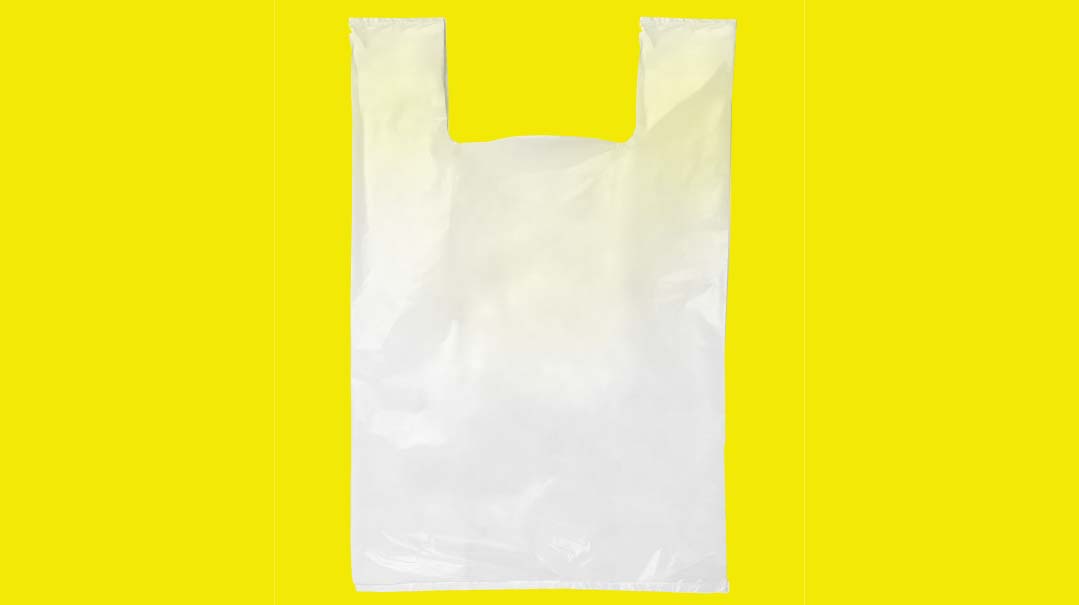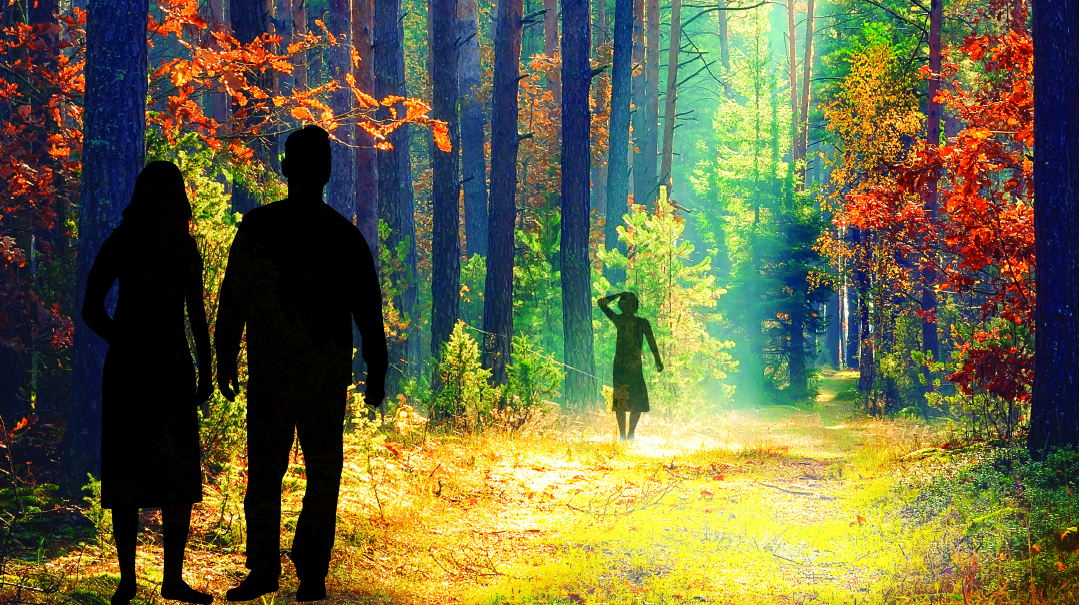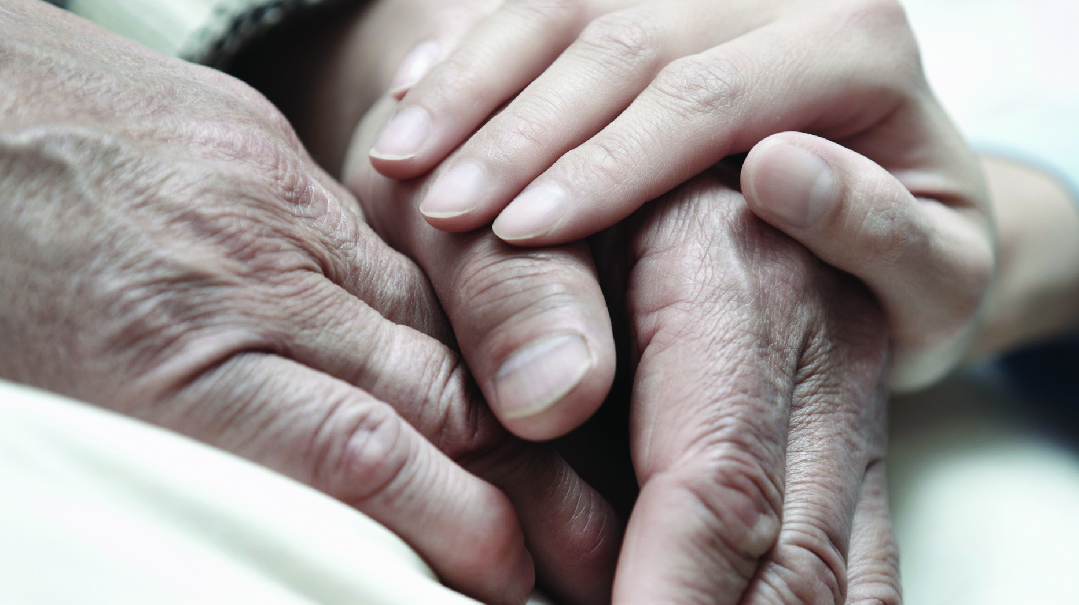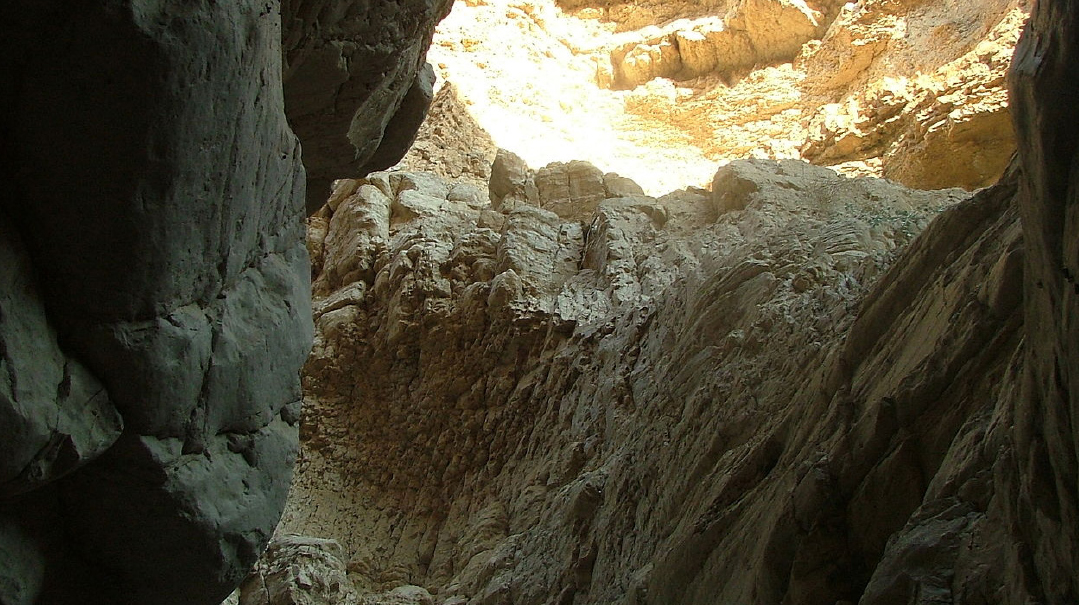Free Swim

Three sons, three different worlds. Shimon was a rebbi’s dream. Moshe was a rebbi’s nightmare. Ovadia was somewhere in-between: an average student. Or so we thought.

S hortly after my father-in-law passed away at the relatively young age of 52 my mother-in-law had a dream in which he came to her leading two blue-eyed young boys and placed them on the rug beside her. “These two children will be gedolei Yisrael” he told her.
Within the next year I gave birth to a boy and so did my sister-in-law. Her son’s eyes were brown. My son’s eyes were blue — which was mighty strange since both my husband and I hail from purebred Sephardic families.
“These will be my two gedolei Yisrael ” my mother-in-law said happily. Although she and my father-in-law were not fully observant she still identified strongly with Jewish tradition and possessed deep reverence for rabbanim and gedolim as is typical of even nonreligious Sephardim.
A year and a half later I gave birth to another boy — also with blue eyes. Apparently my mother-in-law’s dream was destined to be fulfilled through my progeny exclusively and not through my nephew. At least that’s what my mother-in-law and others in the family thought. This notion was reinforced by the fact that the first of these two blue-eyed boys Ovadia was born on Yom Kippur while the second Moshe was born on Erev Rosh Chodesh Adar and had his bris on 7 Adar the yahrtzeit of Moshe Rabbeinu (hence the name).
“Holy neshamos ” my mother-in-law whispered reverently.
I personally scoffed at the dream thinking the whole thing was superstitious and fanciful. Watching my two blue-eyed angels grow into rambunctious — okay wild — boys just reinforced my cynicism. Gedolei Yisrael my foot. If these kids ever stop kicking and punching each other we’ll be in good shape.
Besides these two boys I had another son Shimon who was several years older. Like his boisterous younger brothers Shimon had been a spirited little boy but in the years leading up to his bar mitzvah he had begun to channel his energy increasingly toward learning. On Shabbos he could learn for hours on end but he did so with relish and excitement not out of pressure or to meet anyone’s perceived expectations. He was accepted to top yeshivos for high school and beis medrash and he consistently made his rebbeim proud.
Ovadia on the other hand gave his rebbeim plenty of white hairs. In elementary school he once called his rebbi a Nazi. One of his favorite pastimes was loudly dropping the name of the rebbi’s wife when he was within earshot: “So Elisheva said that they’re going away for Shabbos this week….” If the rebbi would raise his voice Ovadia would innocently ask “If you’re a rebbi why are you screaming?”
He was the kind of kid who was into everything but learning. A whiz in the kitchen he could put together an entire Shabbos — from grocery shopping to baking challos and cakes to cooking up a storm to cleaning up the kitchen — from the age of 11. This was a kid who devoured newspapers and knew every detail of what was happening in shul in the neighborhood and in the government. I didn’t have to read or listen to any news; Ovadia told me everything I needed to know.
Another one of Ovadia’s favorite pastimes was running after rabbanim for brachos. Brachos are an integral part of Sephardic culture, but at some point, the rav of our shul felt that Ovadia was overdoing it.
“Stop running after brachos,” he told him. “Your success in learning depends on your own hasmadah and effort.”
But hasmadah and effort were hardly Ovadia’s strong points, at least when it came to learning. While his grades were respectable — he was a bright kid — he didn’t apply himself in school at all. How many times did I hear at PTA, “Ovadia has a lot of potential”? The implication, of course, was that he was not living up to it.
Overall, however, Ovadia was an okay student. It was his younger brother, Moshe, who really gave us a run for our money. As young boys, Shimon and Ovadia had both been full of energy, but Moshe roundly eclipsed both of them with his antics. In the middle of class, he would talk, make jokes, eat, and get up and go out to the bathroom every few minutes. If his rebbi didn’t allow him to leave the classroom, he would put up a huge fuss and claim that he wasn’t halachically allowed to learn because he needed the bathroom. In short, he had a full-fledged case of ADHD, and needed Ritalin and behavioral therapy to control his impulsivity .
Three sons, three different worlds. Shimon was a rebbi’s dream. Moshe was a rebbi’s nightmare. Ovadia was somewhere in-between: an average student. Or so we thought.
My husband and I were rudely jolted out of that perception at Ovadia’s first eighth-grade PTA meeting. When we asked the rebbi where he thought we should send Ovadia for high school, the rebbi named a local yeshivah that was geared toward kids with learning and behavioral issues. An “at-risk” yeshivah, for all intents and purposes.
My mouth fell open. “You think Ovadia should go there?” I asked.
The rebbi nodded.
“But he’s getting decent grades,” I argued.
“He does have a quick head,” the rebbi agreed. “But he barely listens in shiur, and no matter which chavrusa I match him with, he always ends up schmoozing about the latest news and politics. He needs a more relaxed environment than the typical yeshivah high school has.”
We weren’t the only ones who were shocked by the rebbi’s recommendation of the low-level yeshivah. Ovadia was too. From the moment he heard that this was the yeshivah he might be attending come Elul, he began to apply himself to his learning for the first time in his life.
On Shabbos, instead of shooting the breeze with his friends, he would sit with his Gemara and review what he had learned. During the week, he would go out to a nearby shul to learn with his chavrusa — something he had never done before.
Too bad you only woke up now, when it’s too late, I felt like telling him. You’re going to spend four years in a yeshivah for kids with more serious problems , and who knows what’s going to become of you?
At the time, I was attending weekly parenting classes given by a woman named Rivka. During one class, I brought up what had happened at Ovadia’s PTA.
“I guess Shimon will be the talmid chacham in the family and Ovadia will be the wheeler-dealer,” I reflected, somewhat gloomily. I didn’t dare express any predictions about Moshe, the troublemaker in the family.
But Rivka dismissed my predictions. “We never know which kid will become what,” she said to the group. “Our job as parents isn’t to define our child’s future, but rather, to believe that he has the potential for greatness and can achieve whatever he sets his mind to.”
Turning to me, she said, “Leah, imagine that your boys are in an Olympic-size pool that’s cordoned with ropes into separate lanes. In your mind, Shimon is swimming in the ‘talmid chacham lane,’ and Ovadia is swimming in what we’ll call the ‘askan lane.’
“What would happen if you would take the ropes out of that swimming pool?” she challenged me. “What if Ovadia could swim in Shimon’s lane, and Shimon could swim in Ovadia’s lane? Think of it as a free swim.”
Rivka then explained that mentally assigning a specific role to a child — whether positive or negative — limits him to that narrow box. “Instead of defining your children’s identities in your mind, try to see them as each possessing infinite G-d-given potential and the flexibility to take on whatever role is appropriate at any given time,” she suggested. “Every person has to wear many different hats throughout life, and the more latitude we give our children to play different roles, instead of locking them into one particular view of themselves, the greater their chances of rising to the various challenges life presents them with.
“You wouldn’t want to be stuck in one lane your whole life,” she added. “Why do that to your kids?”
Her words struck a deep chord within me. “What you’re saying is so true,” I said. “My son Shimon, whom I always thought of as the talmid chacham, recently opened a moneylending gemach in his yeshivah. He started it with a few hundred dollars of his own, and since then, other bochurim have donated to the gemach, and it keeps on growing. He’s doing a great job of managing it, but I thought it was strange for him to be busy with that. Now that you told me to get rid of the ropes in my mental swimming pool, I realize that Shimon also needs to swim in the ‘askan lane’ sometimes.”
“Exactly,” Rivka concurred. “And I’m glad you used the description ‘askan’ — which has positive connotations — rather than ‘wheeler-dealer.’ We know that every middah can be used for good or for bad, but we often see children’s middos in a negative light because those middos are raw and undeveloped. We mothers have to look at the wild little boy and see a young man who will have the energy to learn all day in the beis medrash. We have to look at the wheeler-dealer and see someone who’s going to be busy with chesed — but can still swim freely in the talmid chacham lane. Our vision of who our children can become is what shapes their self-image and builds their future.”
With Rivka’s words ringing in my ears, I resolved to stop thinking about any of my children as “this type” or “that type.” Yes, each kid had his own individual nature and his particular inclinations, but each of my boys could be either “the talmid chacham” or “the askan,” depending on what the circumstances required.
Instead of thinking of Moshe as “the troublemaker,” I began to imagine him using his kochos to become great in Torah. When his rebbi called in a fury to inform me that he had thrown a rock across the classroom and smashed a window, I turned that around and thought to myself that he’s following in the footsteps of his namesake, Moshe Rabbeinu, who smashed the stone Luchos. Right now he’s channeling that energy in the wrong direction, I told myself, but one day he’ll use it for good things. When Moshe was suspended from school for a month after yet another serious infraction, instead of fretting that he wasn’t learning a thing all day, I imagined his neshamah learning all night with the angels while he slept, just as he had learned with the angels before his birth.
I also began to look at Ovadia with fresh eyes. Even if he was busy chasing ambulances and fire engines or eavesdropping on conversations in shul to pick up the latest news, he could still become a talmid chacham. Free swim, I reminded myself. Free swim.
Still, I was deeply pained by the thought that Ovadia would likely end up in a yeshivah for kids at risk. A couple of months after that PTA meeting, I decided to go daven at the kever of a tzaddik who was buried several hours away.
At the kever, I had a long talk with Hashem. “I’m afraid that this yeshivah is not going to be good for Ovadia,” I said. “The boys there are not good influences. None of them are interested in learning, and some of them have serious issues with Yiddishkeit and yiras Shamayim. How is he going to grow there? These are the formative years of his life, and I don’t want him to see himself as stuck in the ‘at-risk lane.’
“Besides,” I added, “whatever happened to my father-in-law’s promise that my two younger boys would be gedolei Yisrael?”
Okay, so I hadn’t really taken my mother-in-law’s dream seriously. But still, now that the dream was unraveling before my eyes, I grasped onto it like a drowning woman, desperately begging Hashem that my children should become gedolei Yisrael.
Free swim, I told myself. Ovadia’s not stuck in the “at-risk lane” or the “wheeler-dealer lane.” He can swim wherever he wants. And so can Moshe.
As I was leaving the kever, my cell phone rang. On the line was Ovadia’s rebbi. “I spoke to the principal about Ovadia,” he said, “and we agreed that the yeshivah we recommended to you earlier wouldn’t be appropriate for him.”
He then named a different yeshivah that was on the opposite end of the academic spectrum. “Earlier in the year, I wouldn’t have thought that Ovadia could handle a challenging environment like that,” the rebbi said. “But recently, he’s settled down a lot and shown what he’s capable of, and my feeling is that he’ll be able to keep up in a higher-level yeshivah.”
Stunned at the sudden turnaround, I hurried back to the tzaddik’s grave to offer a prayer of thanks.
We applied to that yeshivah, and Ovadia was accepted.
Some time after Ovadia started high school, the mashgiach of Shimon’s yeshivah happened to daven in our shul, and he caught a glimpse of Ovadia.
“I see your next son is following in Shimon’s path,” he commented to my husband.
Amazing what free swim can do for a kid, I thought.
Shimon, Ovadia, and Moshe are all growing into sterling bnei Torah, and my mother-in-law’s dream is indeed coming true — not just with my two blue-eyed sons, but with all of my children. As our rav expressed to Ovadia, however, a person doesn’t become a gadol through brachos or through dreams. A person becomes great by putting in the effort to swim through the sea of Torah and keeping his head above water throughout life’s every wave and current. And what gives him the courage and motivation to put in that effort is his mother’s belief in his ability to swim.
(Originally featured in Mishpacha Issue 677)
To have your story retold by C. Saphir, e-mail a brief synopsis to lifelines@mishpacha.com or call +1.718.686.9339 extension 87204 and leave a message. Details will be changed to assure confidentiality.
Oops! We could not locate your form.













